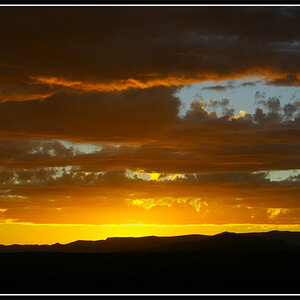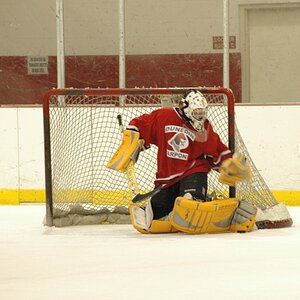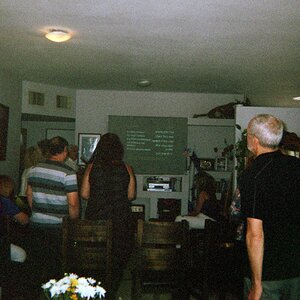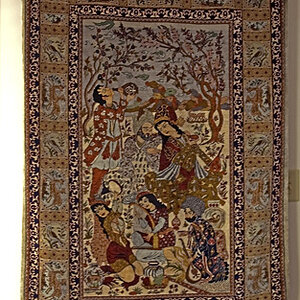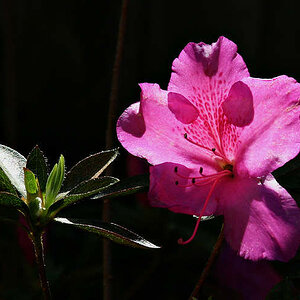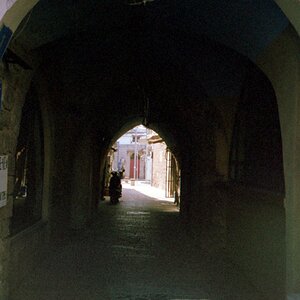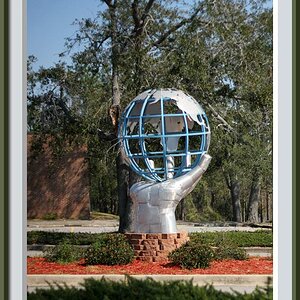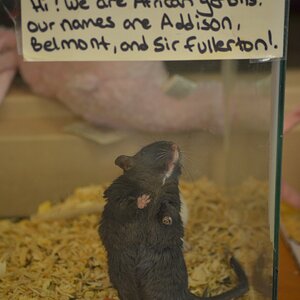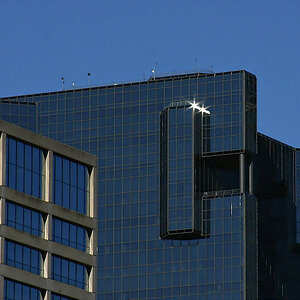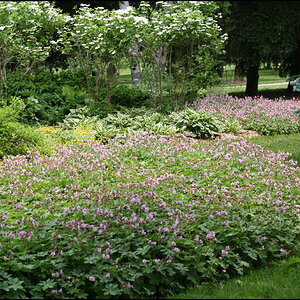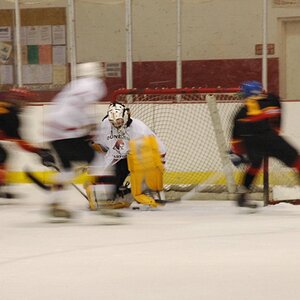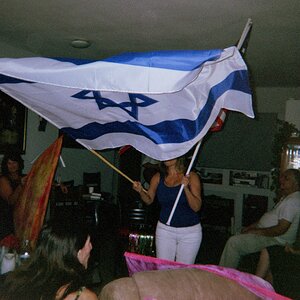gossamer
TPF Noob!
- Joined
- Dec 24, 2013
- Messages
- 234
- Reaction score
- 23
- Location
- New Jersey
- Can others edit my Photos
- Photos OK to edit
Nikon Speedlights spin around 180 degrees for a reason. They have a built in slave system. You just have to make sure the sensor is pointed towards the controlling flash. There is a description in your manual at what angle they are effective.
Cheap wireless radio triggers only trip light set in manual mode. The more expensive ones actually communicate and use i-ttl
My concern was with the sensor being covered by an umbrella, etc. Is that not enough to be a concern?
With product shots, you can just set any flash with an optical trigger on manual. Once you have the settings you like, you just leave them there for every shot. Even $70 cheap china lights work just fine this way. When using optical, they just go off when sensing a bright flash.
Perhaps I should post a separate question regarding lighting. I realize the cheap lights will go off when sensing a bright light, but also didn't want to have to buy lights twice. If there is significant advantage to the Nikon CLS for this and portraits, then I'd invest in that. I was just unsure about communication difficulties when the lights were obscured by an unbrella or other light modifier. Buying a capable wireless system for the SB700s is a completely different proposition $$$$$
Those lights from Amazon will be fairly close, but for product shots that will not matter. If they just want items on the table, that light kit from amazon will be just fine.
Do you mean close to the subject?



